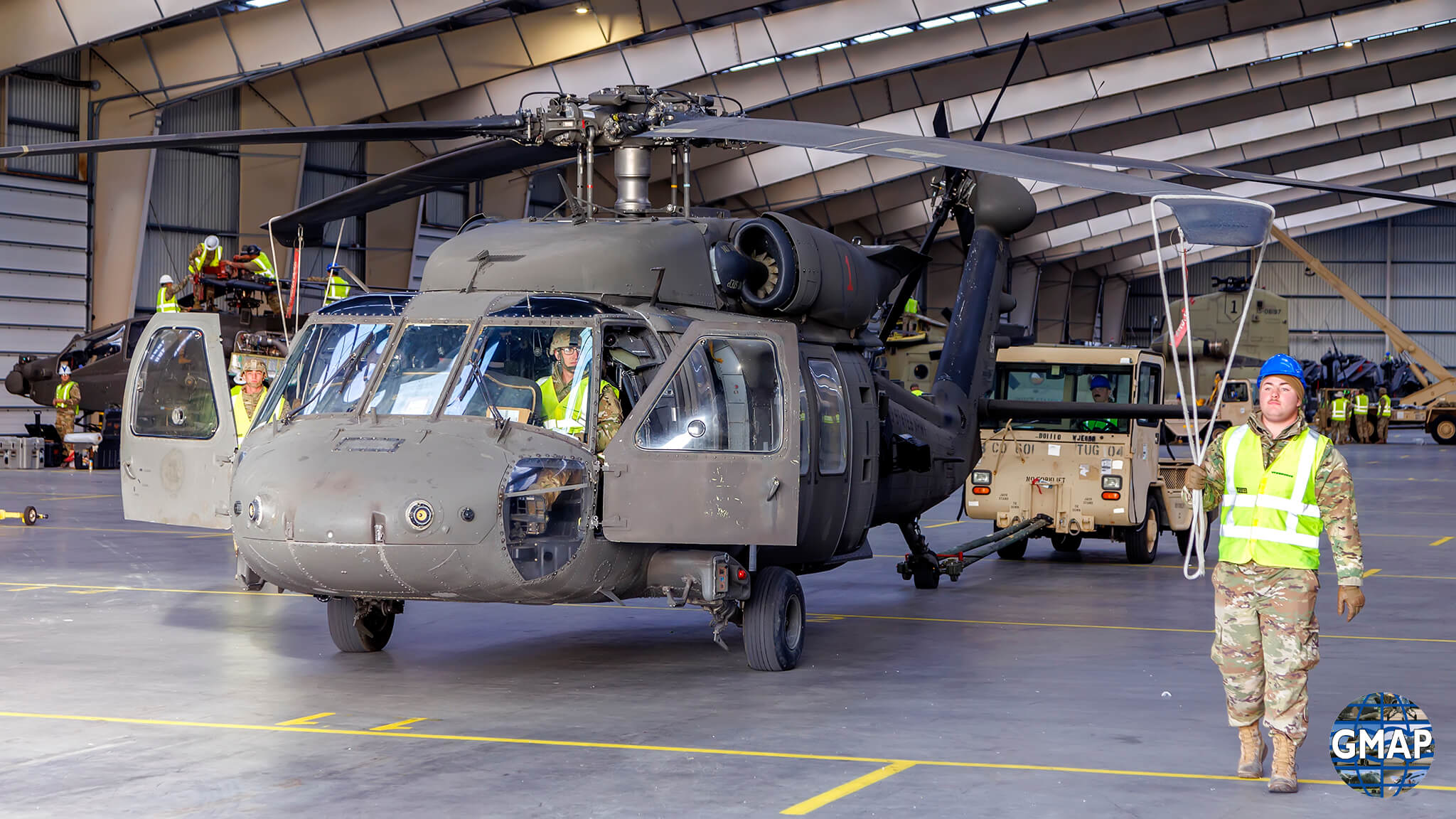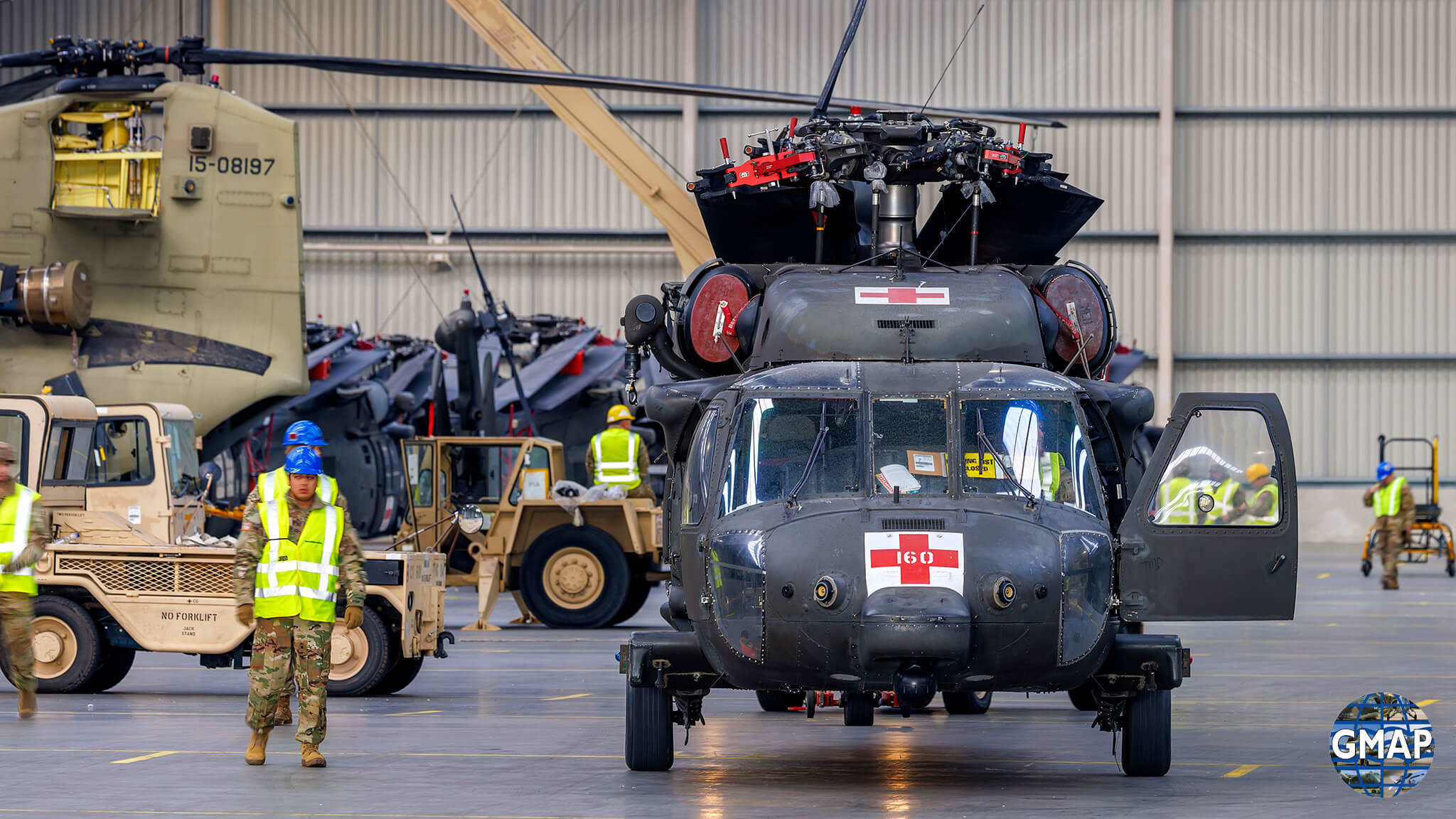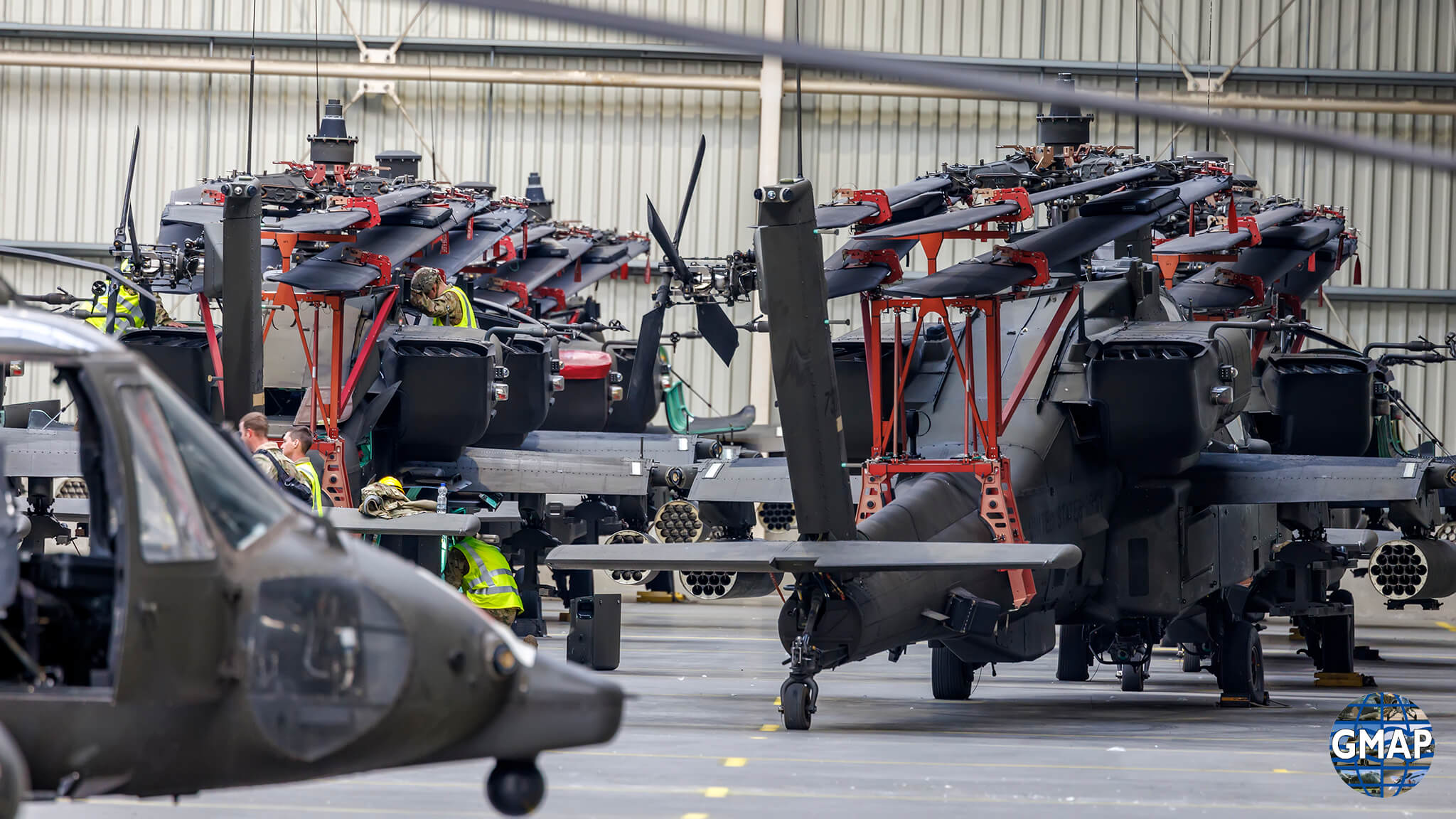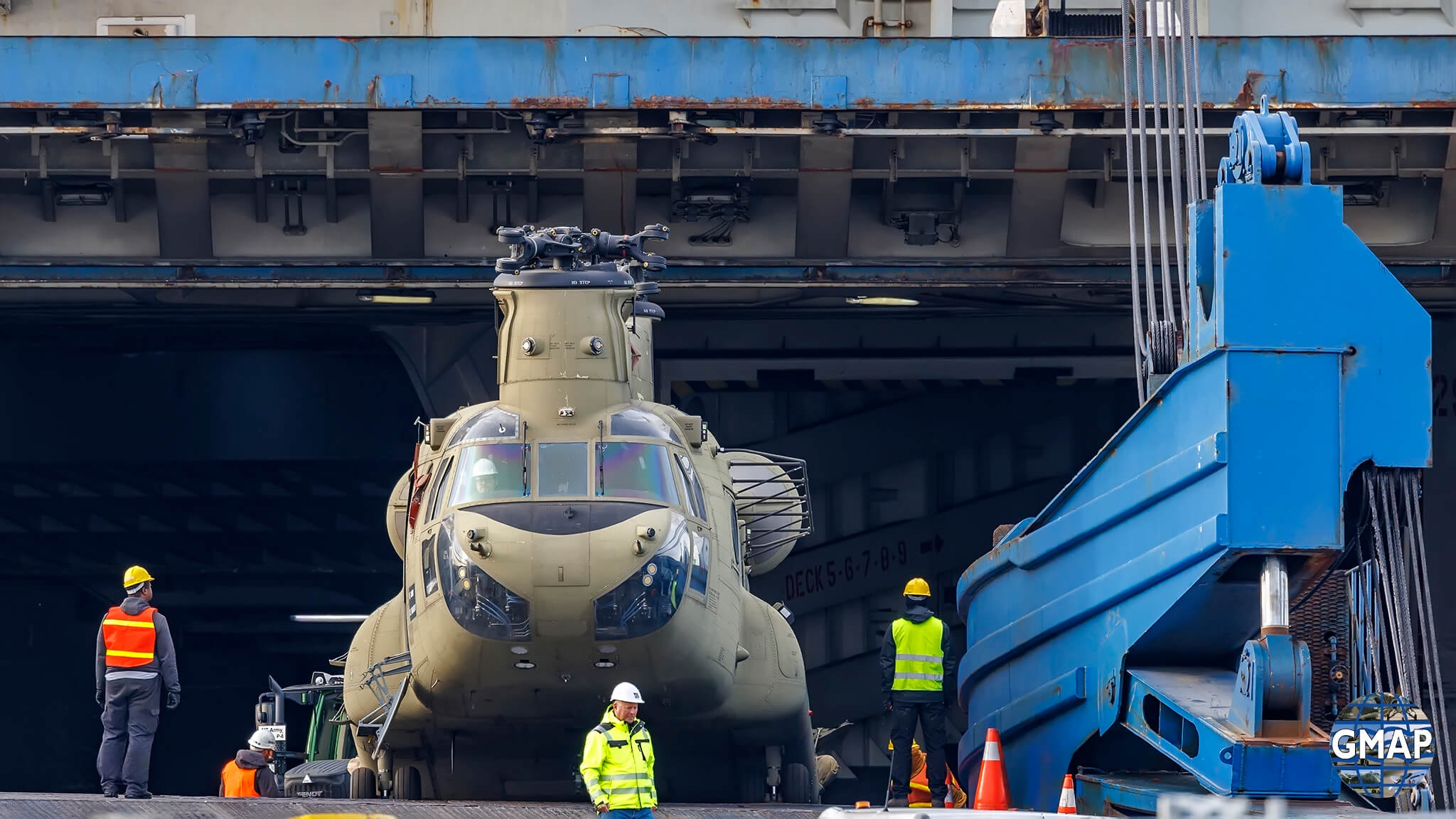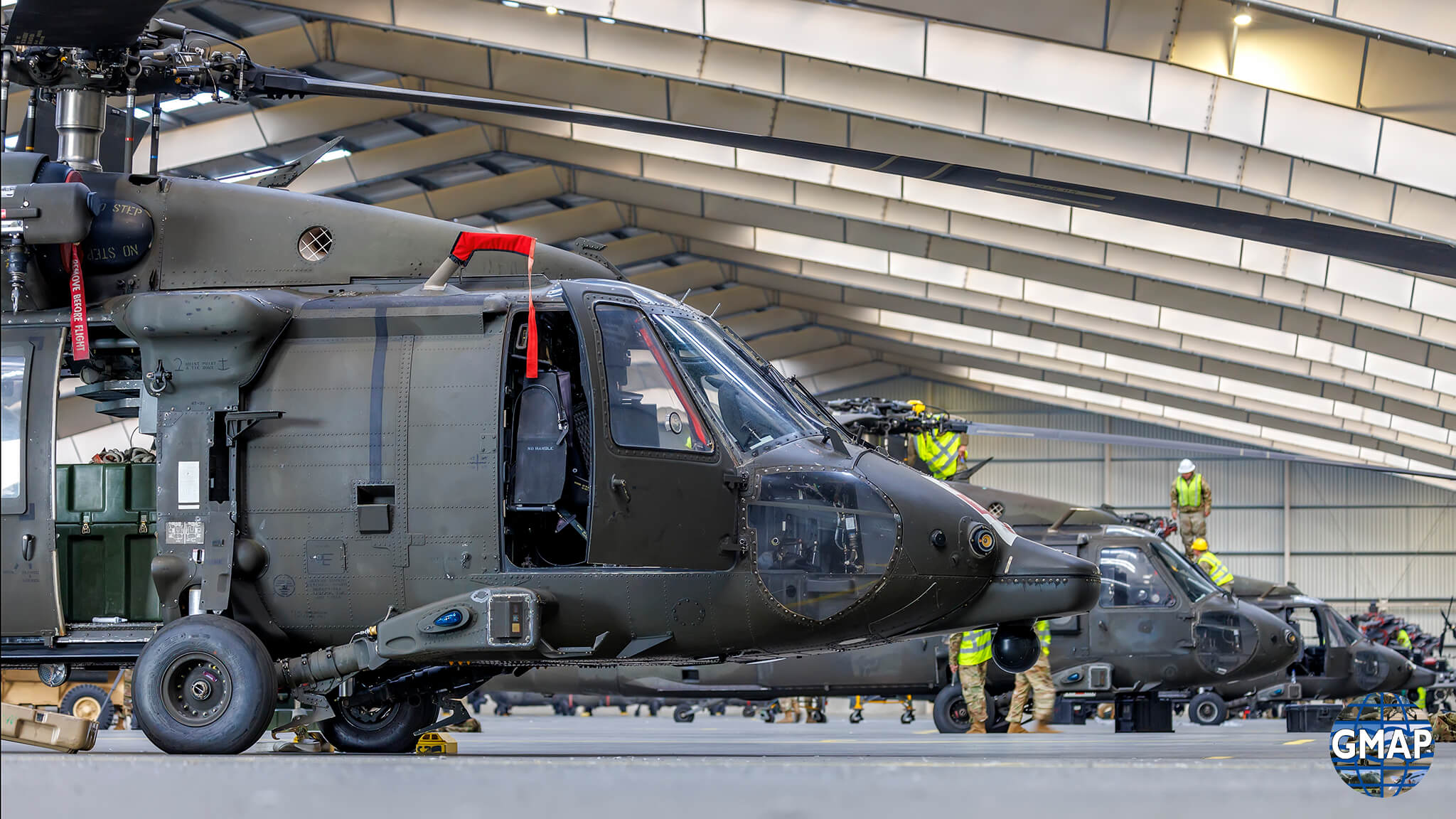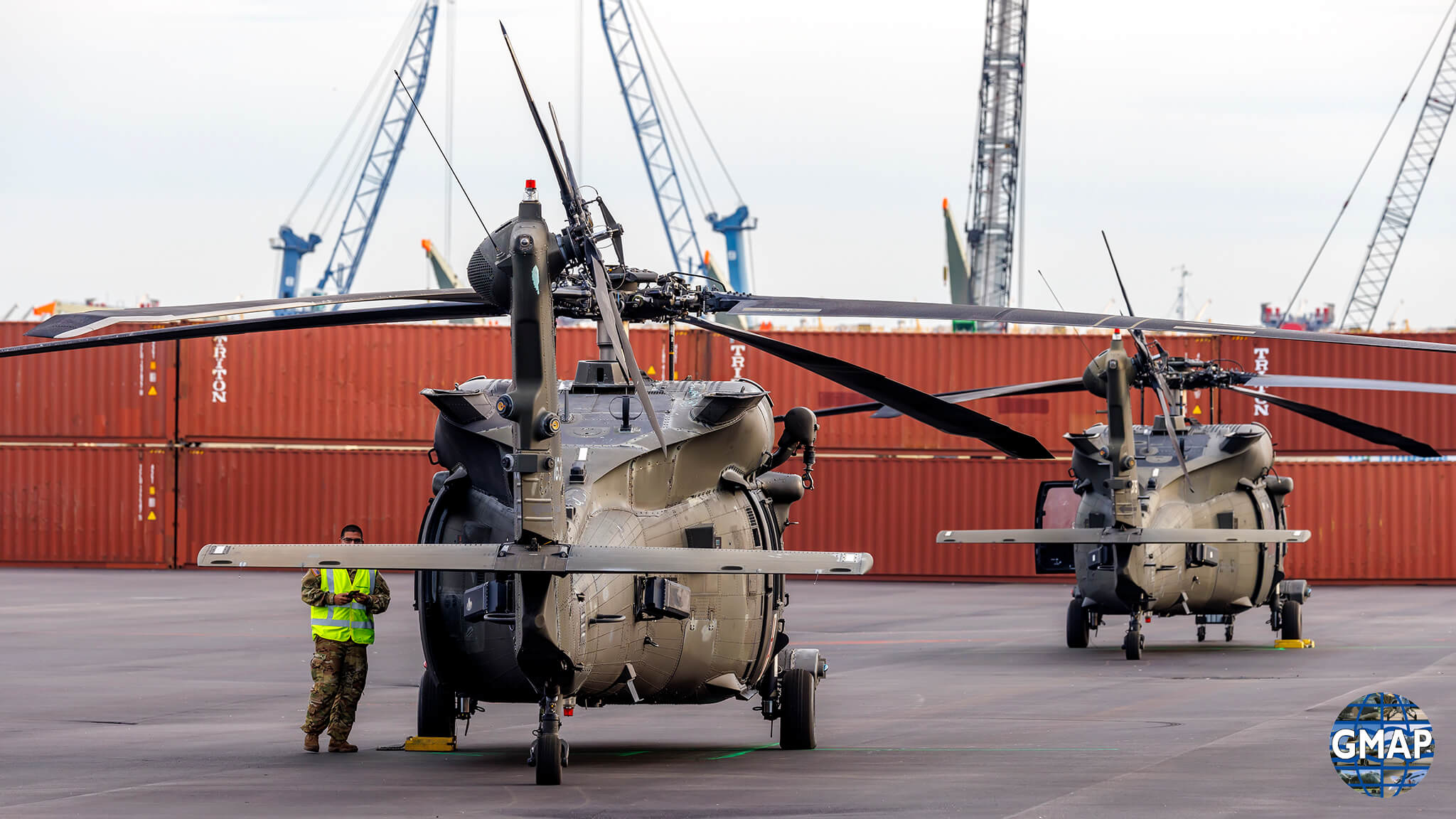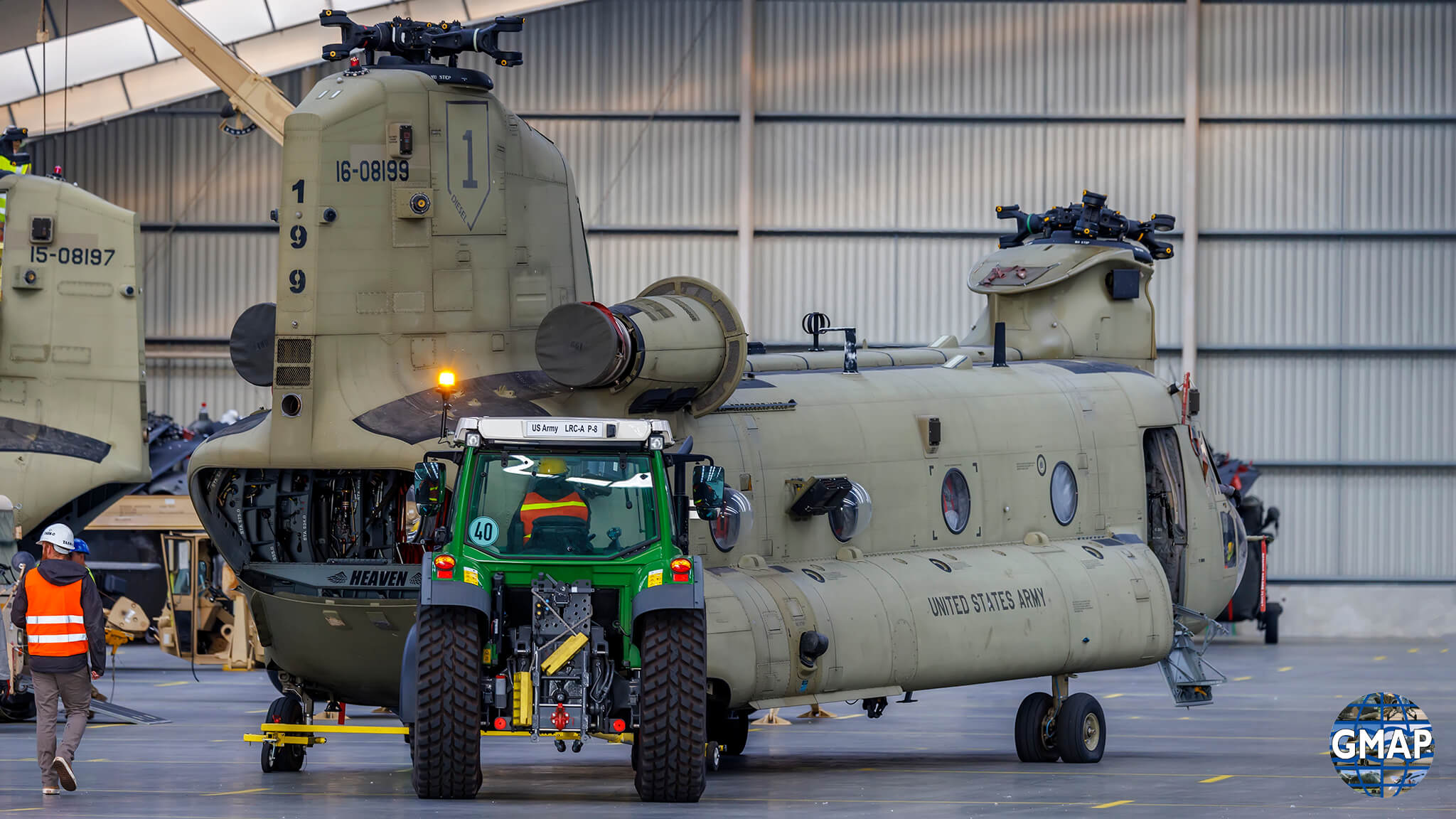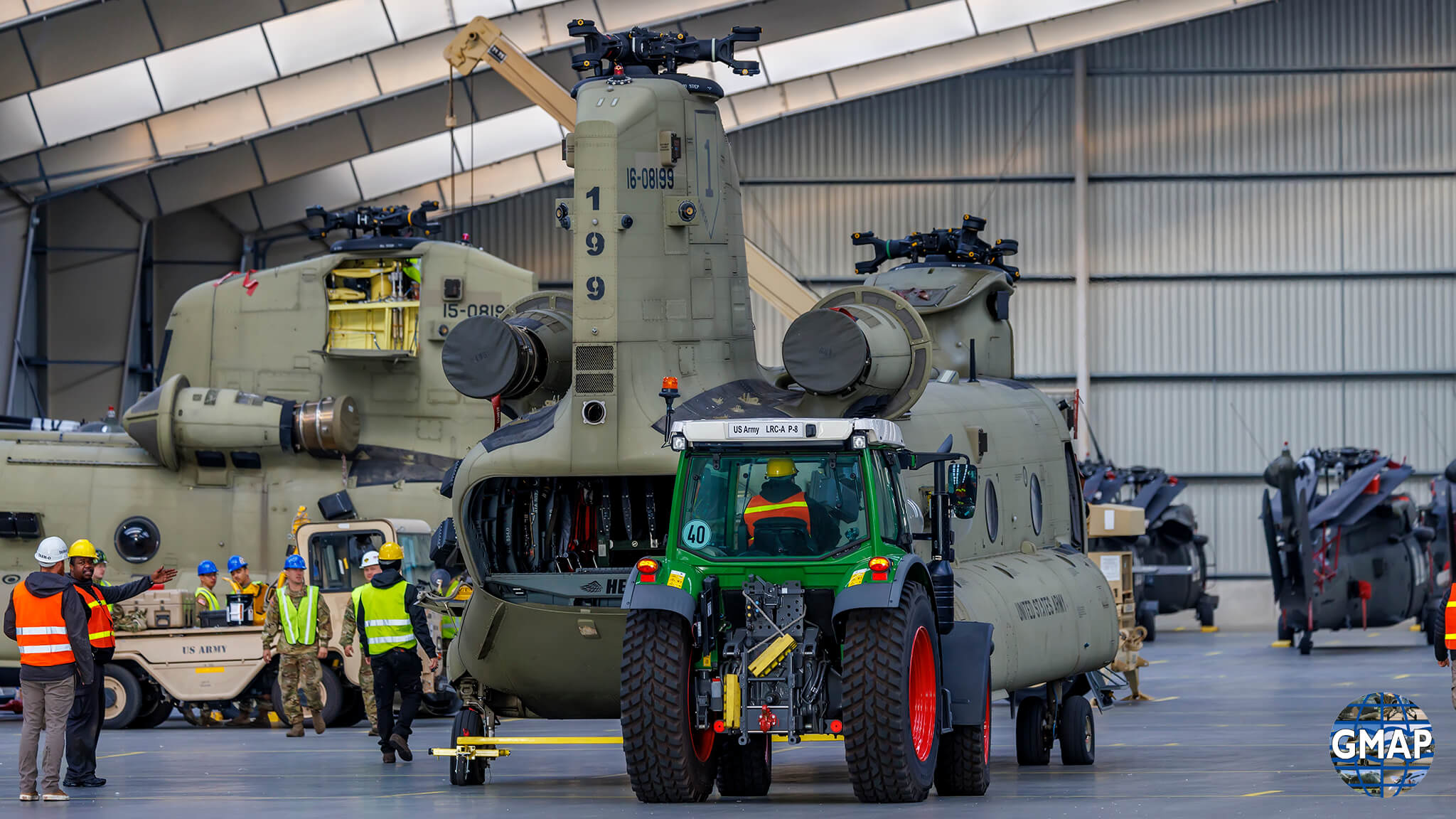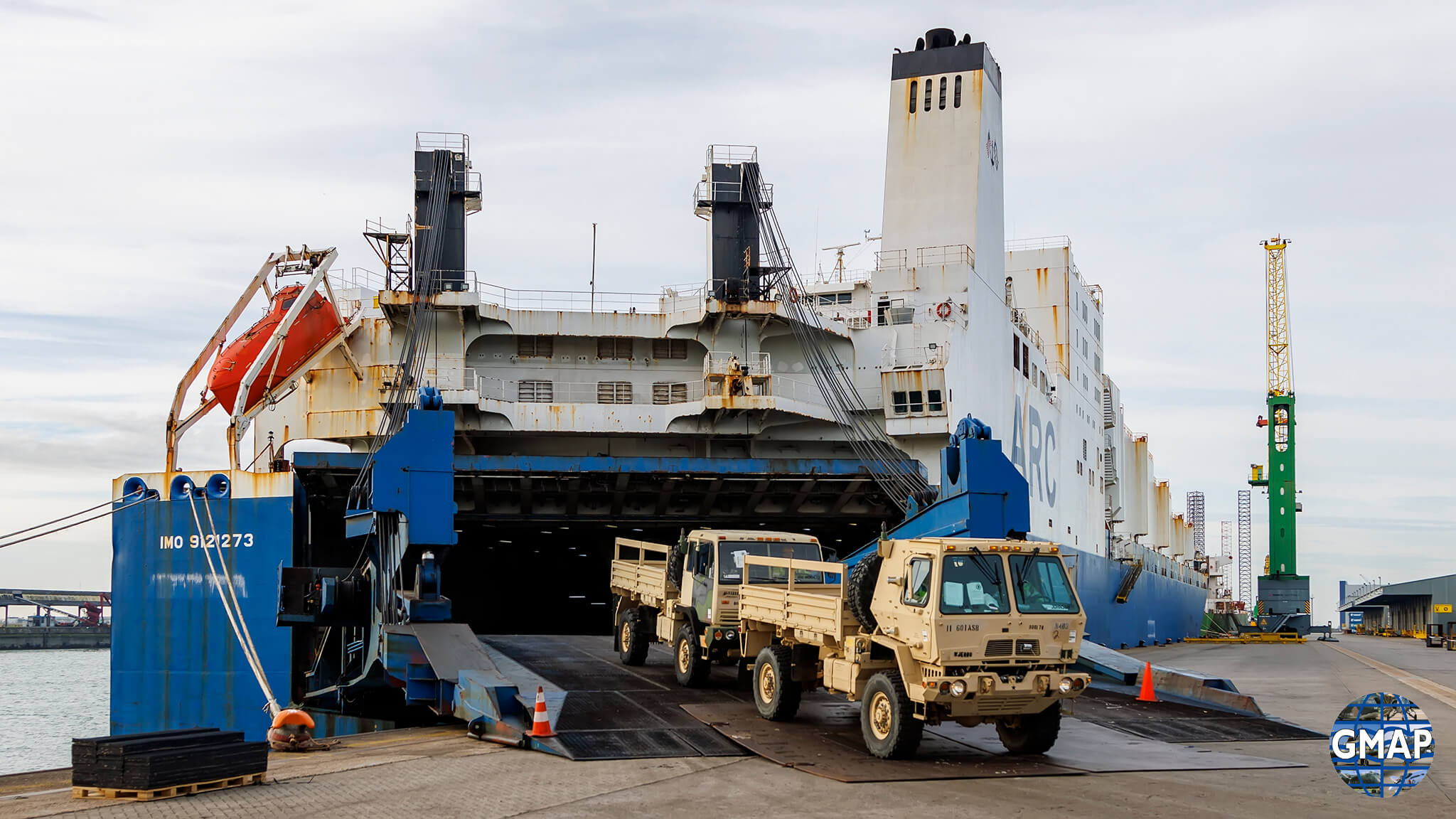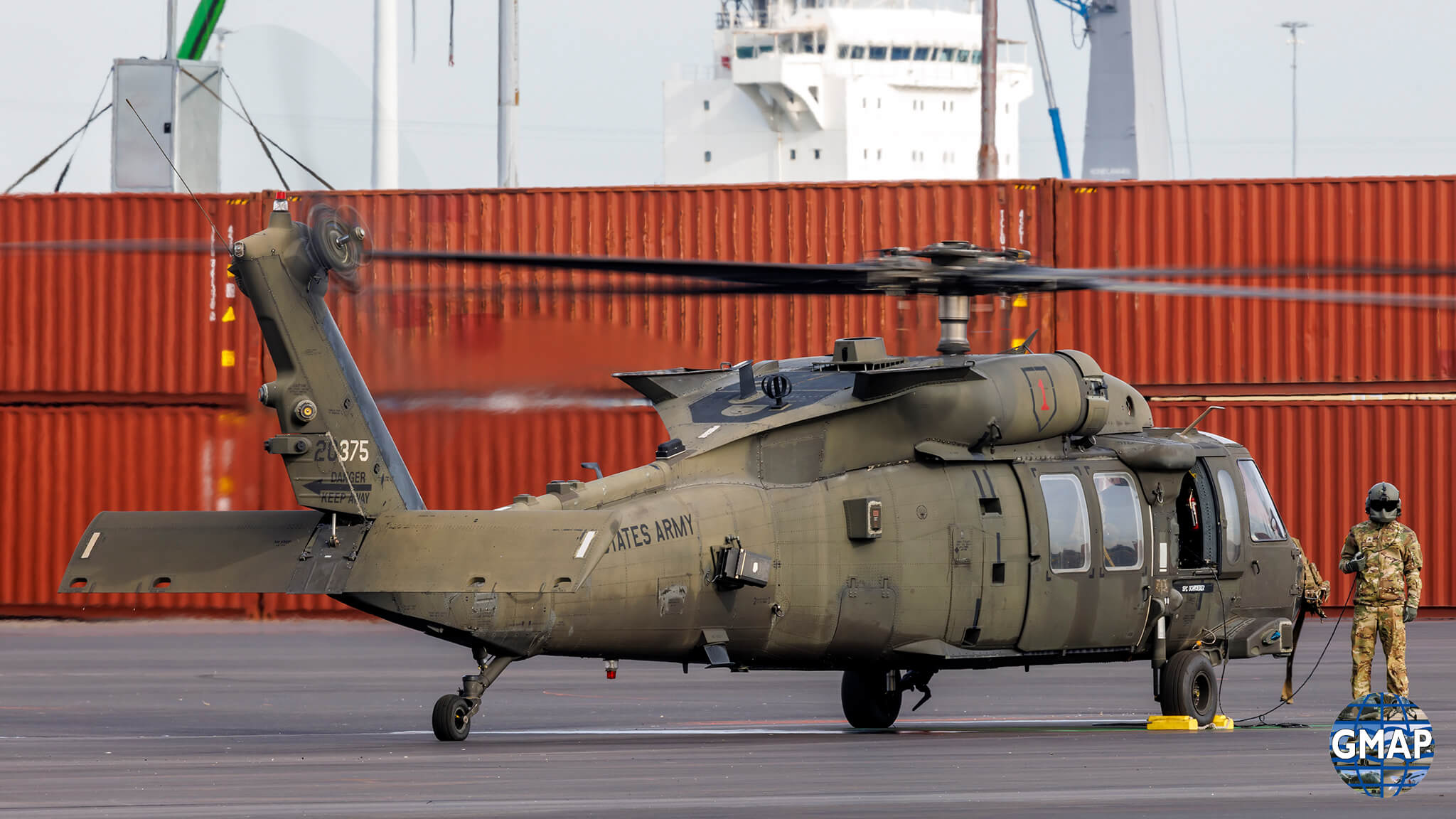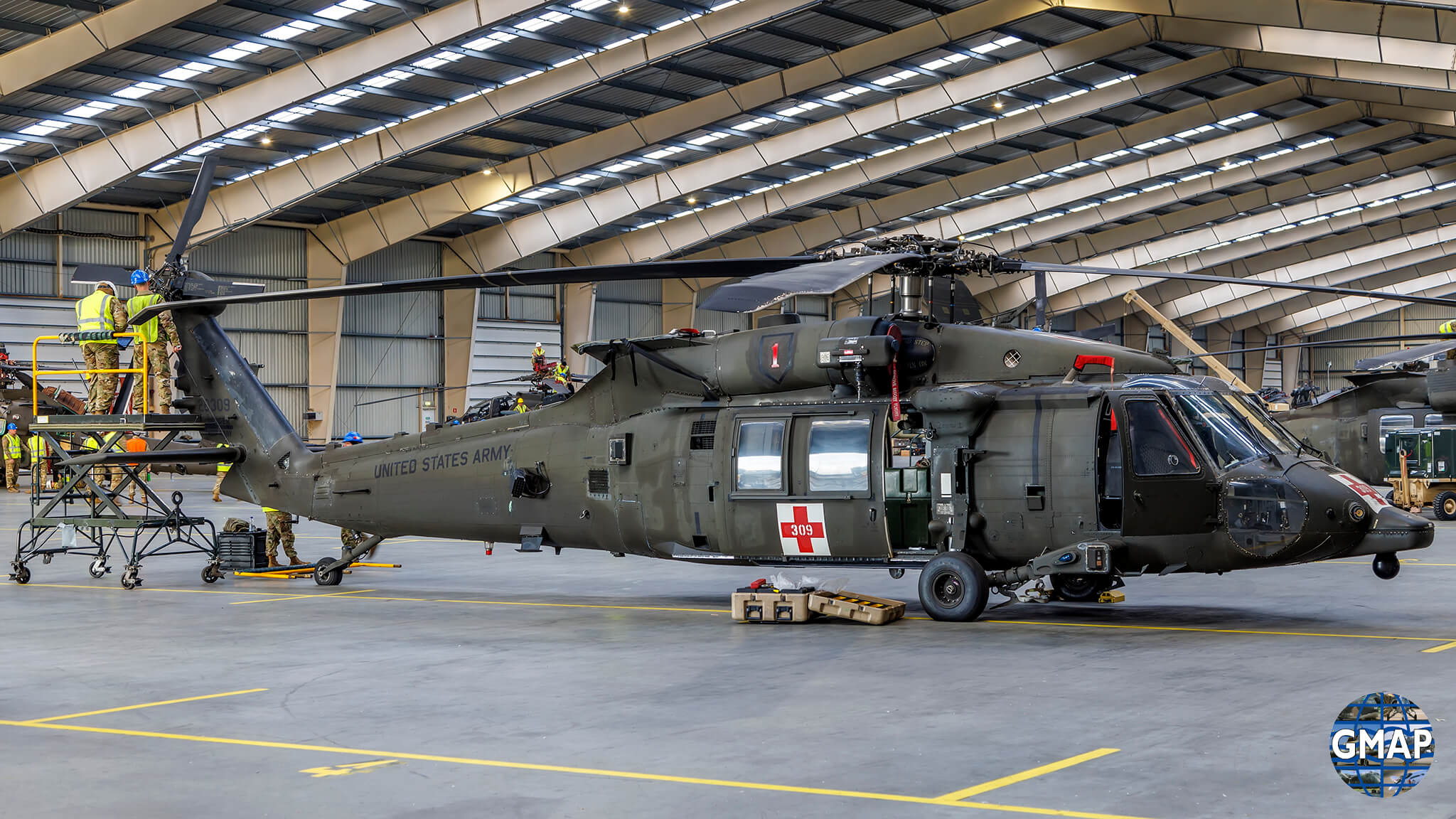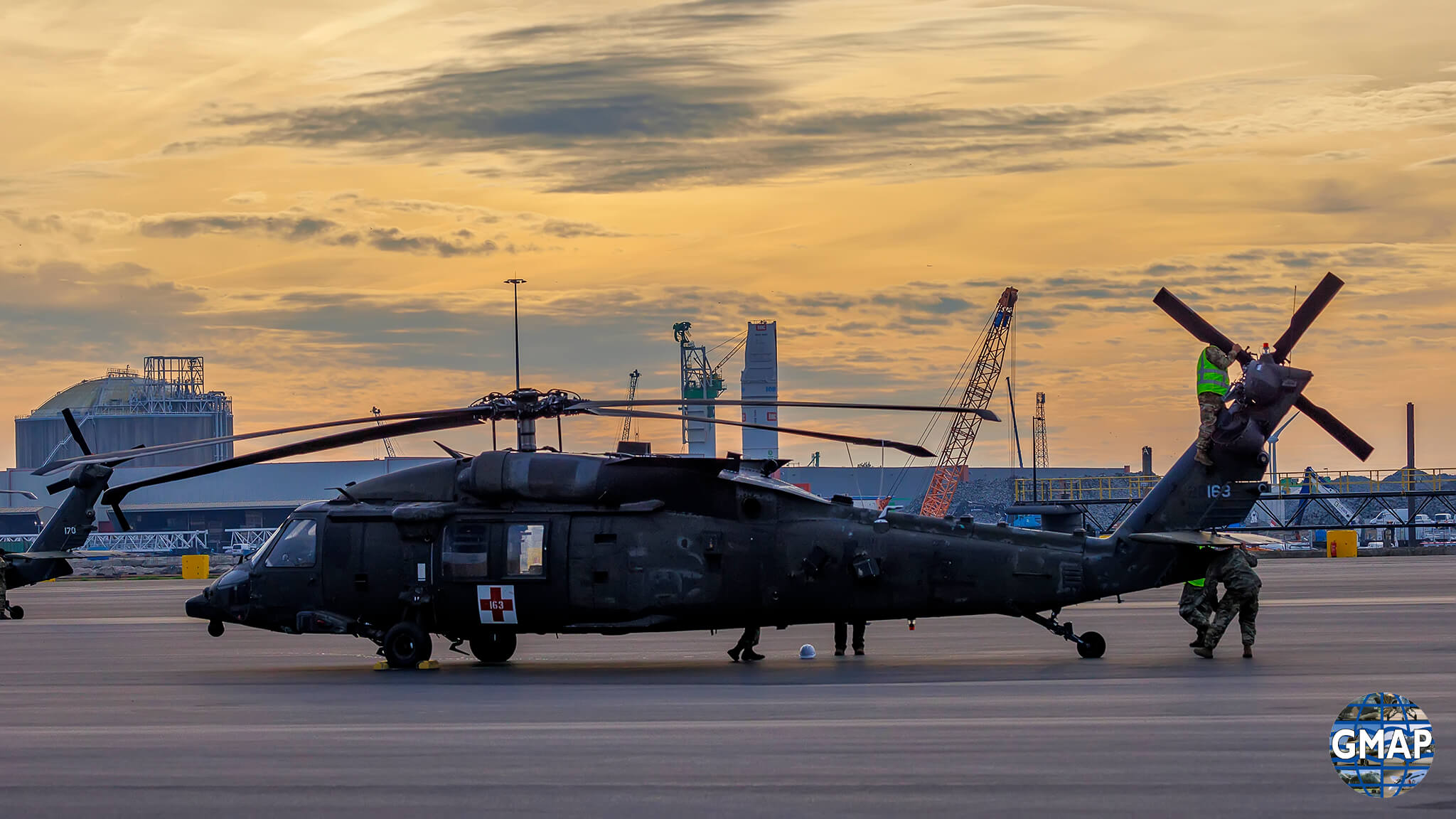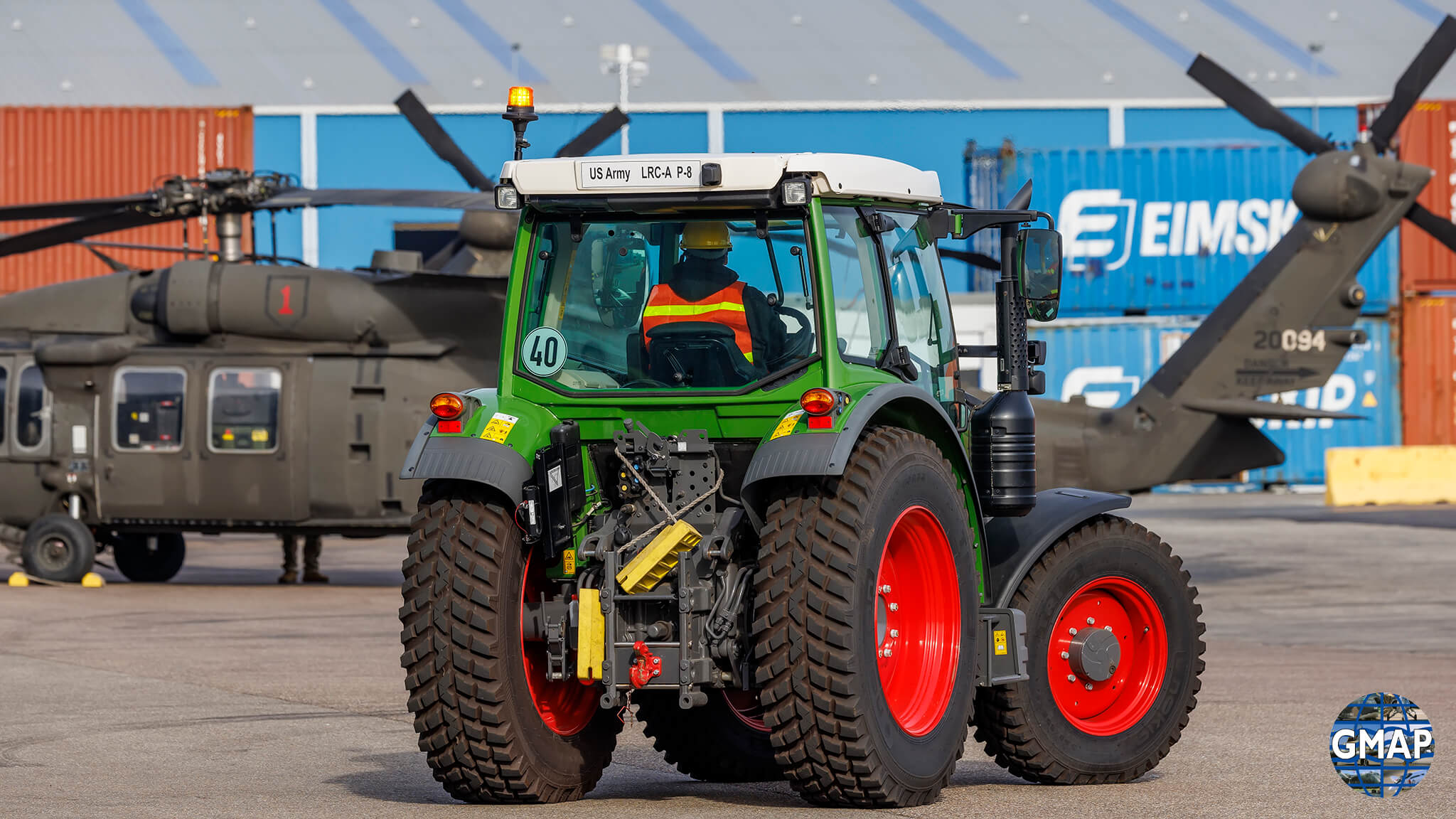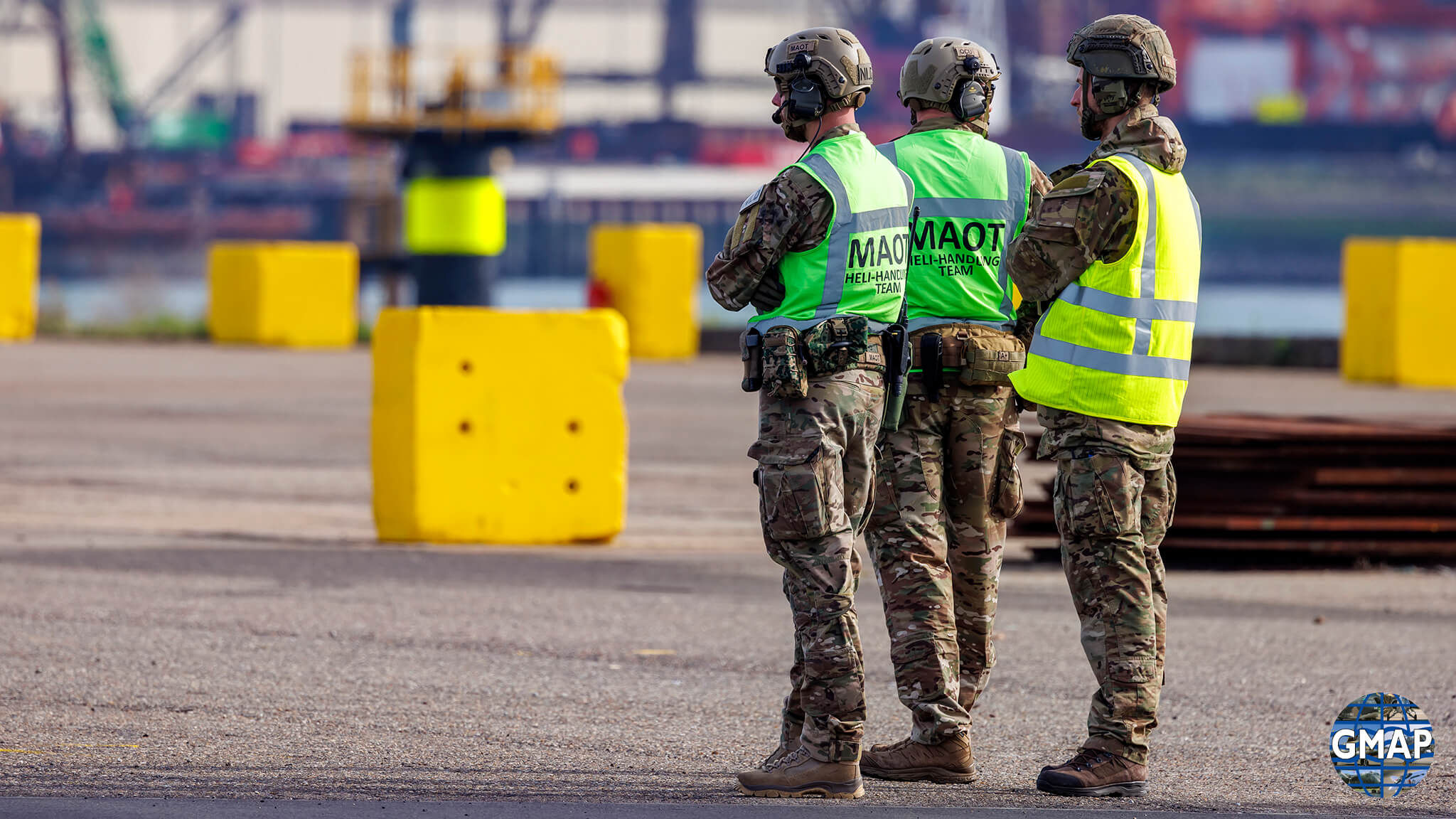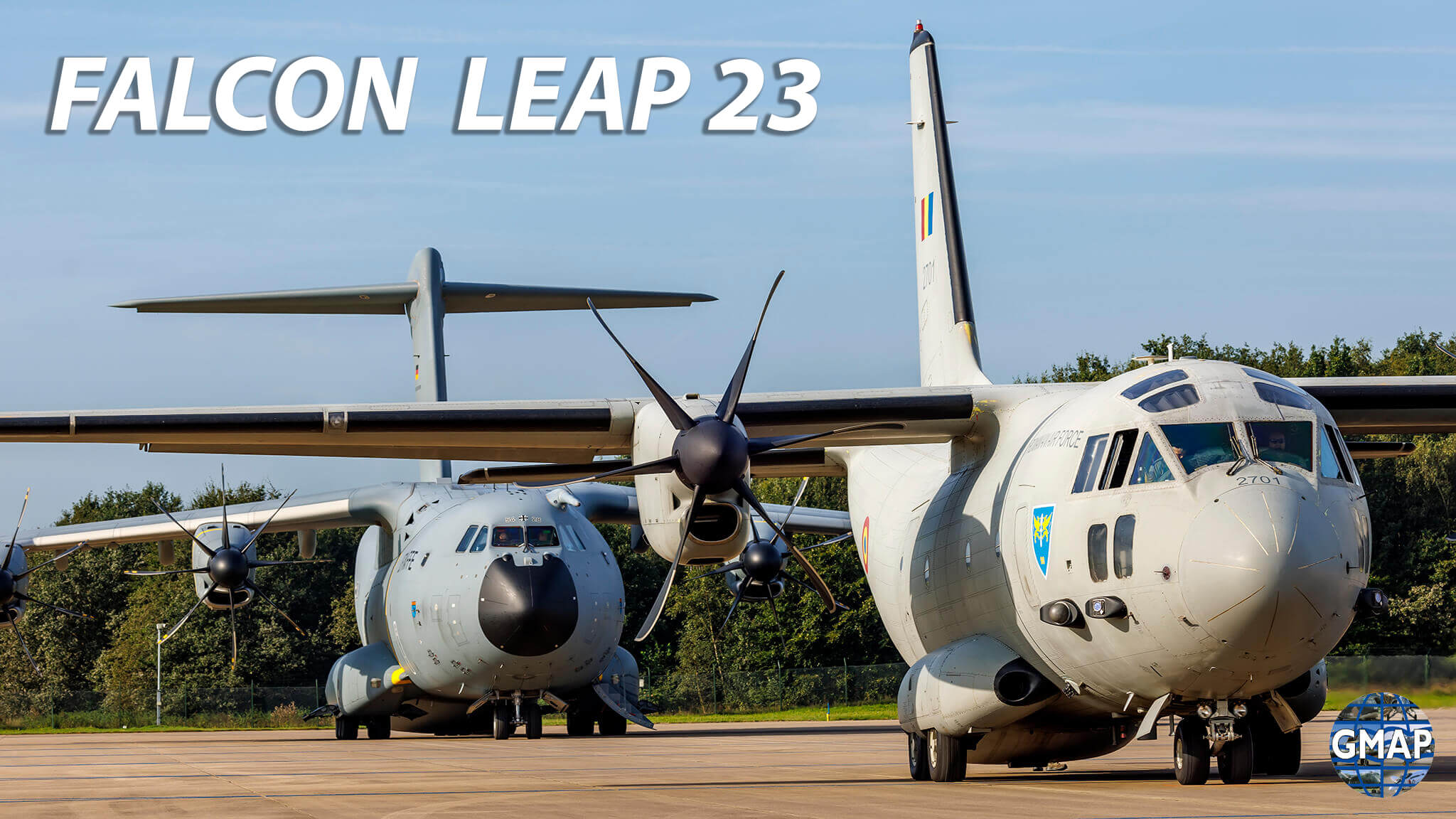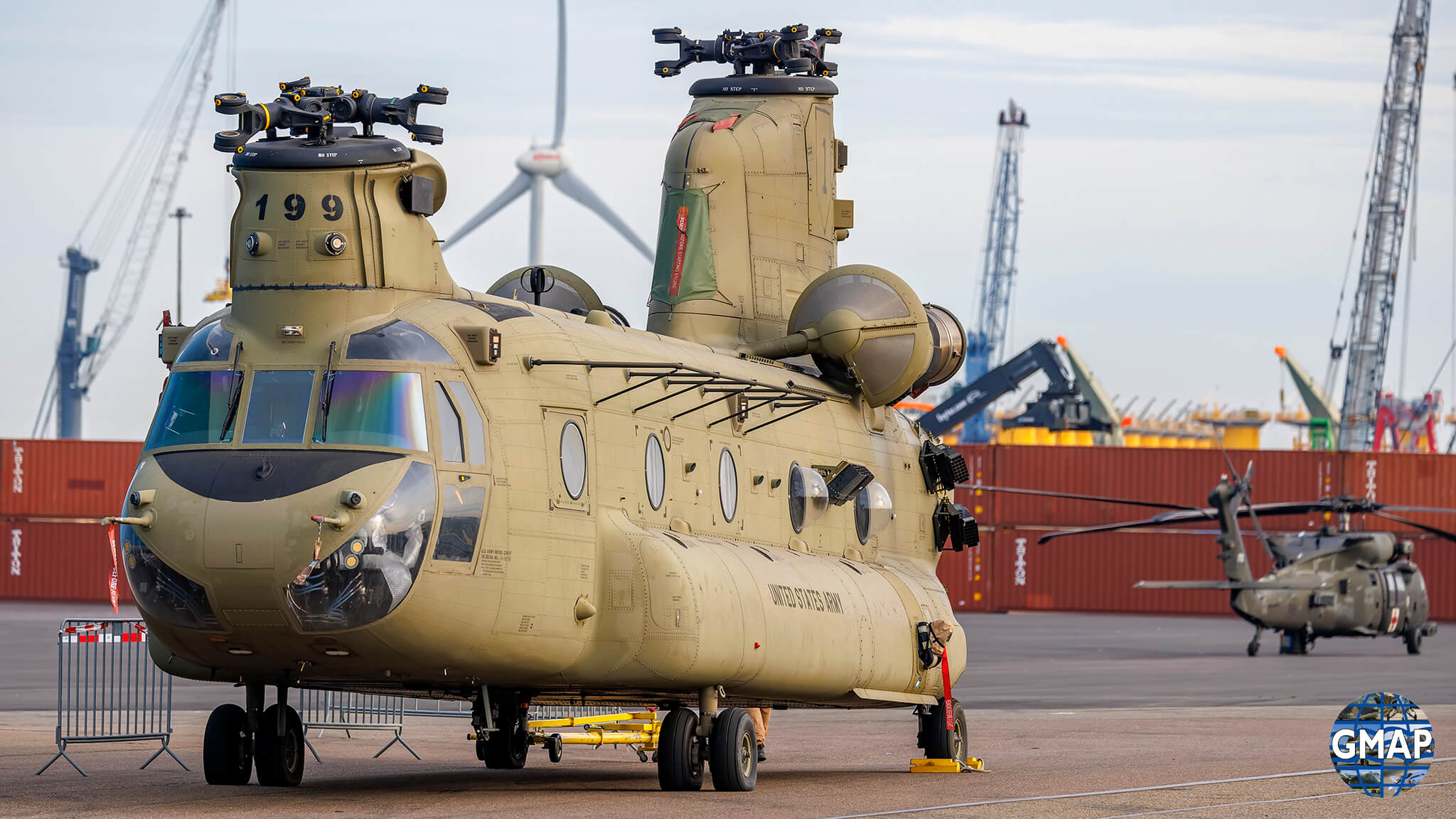Host nation support
The successful off-loading of helicopters in the Port of Vlissingen requires close collaboration and coordination between multiple stakeholders. The 1st Infantry Division works closely with the host nation, the Netherlands, as well as other European partners to ensure a seamless operation. These host nations are a critical component of Atlantic Resolve. It refers to the assistance provided by NATO allies and partner nations to facilitate the deployment and sustainment of U.S. forces on their territory. This support includes infrastructure, logistics, transportation, and other essential services. By collaborating closely with host nations, Atlantic Resolve maximizes operational effectiveness and minimizes logistical challenges, enabling a rapid response to potential threats.
Atlantic Resolve:
Atlantic Resolve is a long-term commitment by the United States to enhance the collective defense and deterrence capabilities of NATO allies and partners in Europe. It aims to demonstrate the U.S. commitment to European security, strengthen interoperability, and build partner capacity. Through rotational deployments of forces, equipment, and infrastructure, Atlantic Resolve ensures a continuous presence of U.S. forces in Europe, fostering stability and deterring potential adversaries.
Click on thumbnails to enlarge
Deployment “Red One”:
The 1st Infantry Division also named “Red One” deployed 89 helicopters to the European theater of which 37 helicopters are shipped to the port of Alexandropoulos in Greece, and the other 49 helicopters are unloaded at the port of Vlissingen, The Netherlands. The unloading of the ship took only one day and consisted of:
- 6x CH-47 Chinook
- 16x AH-64E Apache
- 27x UH/HH-60 Blackhawk
The ARC Endurance RORO (Roll-on/Roll-off) ship is a key asset in supporting the logistical requirements of Atlantic Resolve. This vessel is specifically designed to transport heavy military equipment, including helicopters, trucks, and other military vehicles. The ARC Endurance provides a reliable and efficient means of deploying and redeploying equipment across the Atlantic Ocean, ensuring a seamless flow of forces and resources to support Atlantic Resolve operations.
After successfully unloading in Vlissingen, the US Army 1st Infantry Division proceeded to transfer their helicopter assets to Woensdrecht Airbase situated in the southern part of the Netherlands. From here the Helicopters will deploy into the eastern part of Europe.
Verbrugge Zeeland terminals B.V
A Temporary Military Zone that was established at the property of Verbrugge Zeeland terminals B.V. in the port of Vlissingen and served as a testament to the concept of host nation support in military operations. This temporary zone was set up to provide a base of operations and logistical support for United States Army military forces in support of Atlantic Resolve. Host nation support refers to the assistance and cooperation provided by a host nation to foreign military forces deployed within its territory. In this case, Verbrugge Zeeland terminals B.V. offered its property as a location for the Temporary Military Zone, showcasing their willingness to support and collaborate with the unloading of 49 US Army Helicopters and many military vehicles.
By allowing the establishment of the Temporary Military Zone, Verbrugge Zeeland terminals B.V. demonstrated their commitment to facilitating the foreign military’s operational requirements. This support included providing access to necessary infrastructure, facilities, and resources that were crucial for the smooth execution of these military operations.The preparations for port operations, involving the deployment of personnel and equipment took approximately three months. In the case mentioned, these preparations involved around 350 personnel, with 250 of them being US soldiers. Their primary objective was to facilitate the smooth functioning of port operations in the designated area.
On 18 October the first US Army Helicopters departed to Woensdrecht air base. This marked the beginning of the next phase of operations, where all helicopters would subsequently depart from the port into Woensdrecht air base and after this to their respective Forward Operating Bases (FOBs) located in northern/eastern Europe.
The deployment of helicopters to FOB’s (Forward Operating Base) in northern/eastern Europe signifies the strategic positioning of military assets to support operations in the region. These FOB’s serve as operational bases for conducting various military activities and exercises with foreign military troops.
The second part of the Host Nation Support, scheduled from 20 November to 15 December 2023, marks the return of the 3rd Infantry Division Combat Aviation Brigade (3rd ID CAB) to Eindhoven air base and their subsequent re-deployment to the USA via the port of Vlissingen. During this phase, the Hunter Army Airfield, Fort Stewart (GA) unit plans to relocate approximately 55 helicopters. The Netherlands serves as a crucial transit point for the 3rd ID CAB as they conclude their mission in Europe and return to the United States.
The relocation of these 55 helicopters, including Blackhawks, Chinooks, and Apaches, highlights the significant logistical undertaking involved in this operation.

